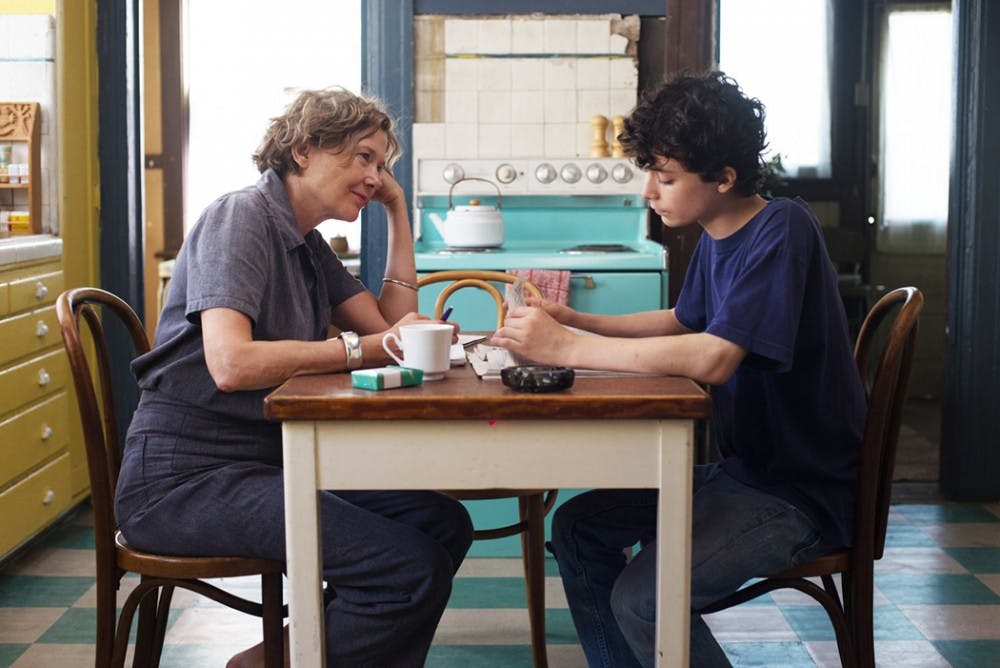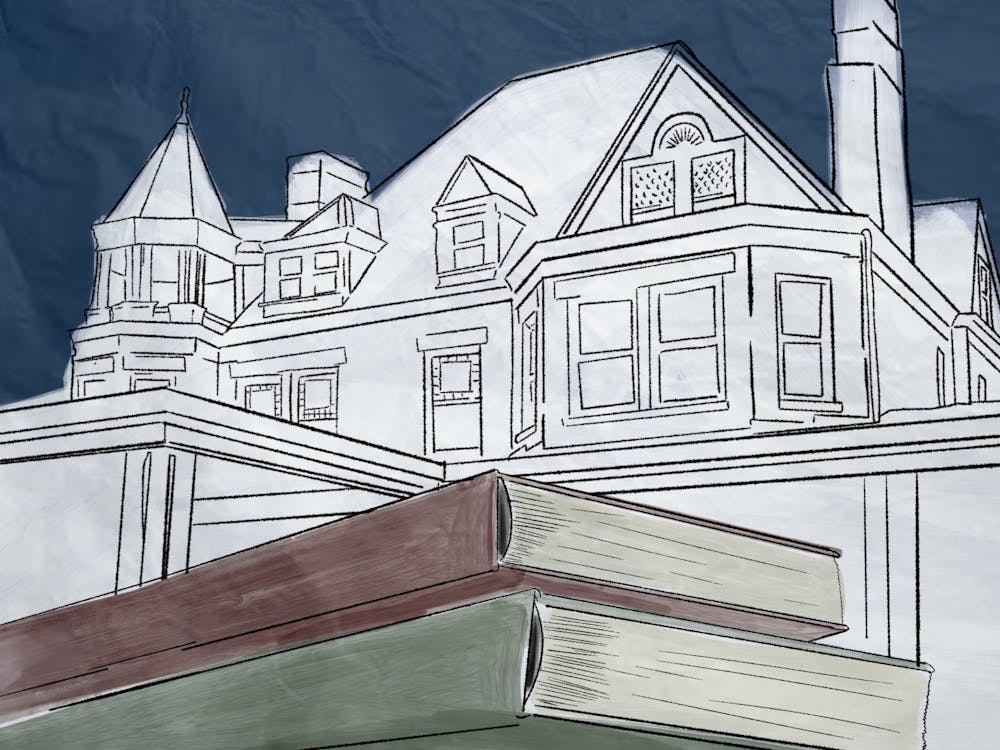It’s 1979. Punk finally enters the mainstream. Jimmy Carter accuses Americans of losing their moral centers. The Reagan administration, the AIDS crisis and climate change are on the brink of changing the nation.
Mike Mills’s latest film, “20th Century Women,” takes a compelling snapshot of this cultural metamorphosis while presenting a poignant celebration of femininity. Dorothea (Annette Bening) is a Santa Barbaran single mother. While open to new experiences, she feels distant from the modern world — particularly with the punk subculture.
Dorothea’s inability to fully embrace the changing society prompts her to recruit Abbie (Greta Gerwig) and Julie (Elle Fanning) to help raise her teenage son, Jamie (Lucas Jade Zumann). Abbie is a young photographer and tenant of Dorothea’s house, and Julie is Jamie’s provocative neighbor who insists on keeping their relationship platonic. This somewhat contrived parenting endeavor results in dialogues about sex, lessons on how to look cool smoking a cigarette and sharing feminist texts.
The film transcends the coming-of-age genre, focusing less on Jamie than on the three women who galvanize him into maturation. Jamie is mostly passive as the females imbue his life with music, nature and passion.
“20th Century Women” takes a conversational approach to storytelling. Montages from the 1970s often interrupt the series of disjointed vignettes. These historical references coalesce into an illustration of how individuals are tied to cultural touchstones — a curious Julie reads Judy Blume’s “Forever…” and a nostalgic Dorothea fantasizes about Humphrey Bogart.
While each maternal figure could have molded to archetypes, their nuances become integral to the characters’ personalities. Fully realized depictions of femininity are pervasive in the film, and Bening, Gerwig and Fanning put on riveting performances.
Mills’s ability to create a universal story is remarkable. He employs voiceovers to offer insight into each character’s future. Some characters remain in touch, while others drift apart despite their bonds. Seeing their dissipated connections is surprisingly hopeful, as Mills invites the viewer to ponder how relationships mold the trajectory of their lives. Regardless how fleeting these relationships may be, their impacts are lingering.
From the archival footage to the stunning Californian backdrop, Mills assembles this love letter to the past with astute tenderness. The craftsmanship alone is worth the price of admission, but with its sensitive portrait of resilient women, “20th Century Women” cements itself as an extraordinary cinematic gift.





